McDonnell Douglas F-4 Blue Angels US Navy
Production Time 9 to 10 weeks
Shipment is by FedEx, UPS or DHL International Express Courier with a normal door-to-door delivery time worldwide of within 2-3 business days after dispatch. Due to the current volatility of world fuel prices, the amount mentioned here is our best estimate for DHL and UPS and may be subject to change at the time of shipping.

Model Description: McDonnell Douglas F-4 Blue Angels US Navy Replica Scale Custom Jet Model
Manufacturer: McDonnell Douglas
Wingspan: 10.4 Inches (26.4 Centimeters)
Height: 4.45 Inches (11.3 Centimeters)
Scale: 1:44
$239.50
Production Time 9 to 10 weeks
-
United States dollar ($)
-
Pound sterling (£)
-
Euro (€)
-
Australian dollar ($)
-
Canadian dollar ($)
-
Singapore dollar ($)
-
Swiss franc (CHF)
-
Japanese yen (¥)
-
Danish krone (kr.)
-
Hong Kong dollar ($)
-
Norwegian krone (kr)
-
Swedish krona (kr)
-
United Arab Emirates dirham (د.إ)
General Product Description
Our PlaneArt McDonnell Douglas F-4 Blue Angels US Navy model exhibits unique, unrivaled quality and detailed design to come as close as possible to the accuracy of the actual plane. It comes as standard with a robust, durable base or stand which is available in a variety of different finishes designed to match your own personal requirements including solid wood, wood with polished metal supports or adjustable wood wall mount and will be ready within about 9-10 weeks from placement of order.
The McDonnell Douglas F-4 Blue Angels US Navy model is made of the finest kiln dried renewable mahogany wood (commonly known as Lauan or Meranti) which has undergone many stages of carving and meticulous and careful sanding giving the beautiful, finished museum quality masterpiece. Many collectors and model connoisseurs demonstrate their preference for genuine handmade and hand painted mahogany wood models rather than plastic or die cast (diecast) alternatives due to the overall look and totally different feel of the item - we trust you will find the same. We can however, if required produce the same model in Solid Cast Resin so just click and contact us for further information. Our craftsmen and gifted artisans ensure that our finely handcrafted model airplanes match the precise blueprint details of the original aircraft. The paint scheme, markings and parts are closely matched, reflecting the original aircraft. This stylish top-quality desktop replica model will surely enthrall anyone who receives this as a gift and for sure one of the most appropriate and desirably collectable gifts for any aviation enthusiast or avid military jet aircraft collector whilst also displaying a perfect resemblance to the actual real life version.
There are many types of military jet aircraft, but the basic types are bombers, fighters, fighter bombers, spotter planes, transporters, patrol aircraft, trainers, and reconnaissance and observation aircraft. All these types of aircraft are used for different types of missions. If you're a fan of historic or present-day military aviation, our model aircraft will bring the excitement and character of these aircraft right into your own home.
If you require, we can also make the McDonnell Douglas F-4 Blue Angels US Navy model in any other military, government or even private livery or colour scheme you require and if necessary, in a different size or scale. Just click here to contact us with a description or photographs of what you require, and we will let you have a quotation for the necessary customization by return email. We can also make bespoke scale replicas of any other private / civil commercial airliner or airliners, helicopter, glider, gliders with engines, military propeller, warplane jets, biplane, triplane, tail fin, spacecraft, rocket or NASA model you require in any airline, military or civilian livery or colors. We also produce model airships, blimps, dirigibles, blimps, boats, and ship collectibles. Wall plaque or seal for military, government or private customers. Again, by clicking here to contact us just let us know exactly what you need.
As you may or may not be aware the trade name and copyright permissions for this McDonnell Douglas aircraft are now under the ownership of the Boeing Company and as such, we are proud to be one of the very few international and fully licensed manufacturers of Boeing solid mahogany wood models. You may be interested to read more about the fascinating background to the famous aviation names now under the Boeing umbrella by clicking on the following “Officially Licensed Product” image below:
McDonnell Douglas F-4 Phantom II: The Blue Angels’ Iconic Jet
The McDonnell Douglas F-4 Phantom II holds a distinguished place in U.S. military history, not least for its service with the Navy’s elite demonstration team, the Blue Angels. Designed in the late 1950s as a tandem, two-seat, twin-engine, all-weather, long-range supersonic jet interceptor and fighter-bomber, the F-4 Phantom II was a formidable force in aerial combat. It served prominently in the Vietnam War and continued to be a vital part of the U.S. military arsenal well into the 1980s. Here, we explore the important features of the F-4 Phantom II during its tenure with the Blue Angels, emphasizing its design, performance, and role within this precision flying team.
Historical Context and Introduction:
The Blue Angels adopted the F-4 Phantom II in 1969, replacing the F-11 Tiger. The introduction of the F-4 was a significant upgrade in the Blue Angels’ capabilities, allowing for more complex maneuvers and a more dramatic demonstration of U.S. Navy air power. The Phantom II’s tenure with the Blue Angels lasted until 1974, when it was replaced by the more fuel-efficient McDonnell Douglas A-4 Skyhawk.
Key Features of the F-4 Phantom II:
1. Design and Structure
- Airframe: The F-4 Phantom II featured a distinctive bulky yet streamlined airframe with a 38-foot wingspan and a total length of 58 feet. It included a 17% leading edge wing sweep and was designed for carrier operations, evident in its robust landing gear and arresting hook.
- Cockpit: Housing two crew members, pilot and radar intercept officer, the F-4 provided a comprehensive avionics suite crucial for its varied mission profile, ranging from ground attack to aerial interception.
2. Engine Power
- Engines: Powered by two General Electric J79-GE-8 engines, the F-4 Phantom II was capable of reaching speeds up to Mach 2.2, with an operational ceiling exceeding 60,000 feet. These engines provided the thrust necessary for quick climbs and sustained supersonic flight, essential for air shows and combat alike.
3. Armament
- While typically equipped for combat with missiles and cannons, the Blue Angels’ F-4s were, as is customary for air show aircraft, not armed. This reduction in weight allowed for enhanced performance and agility during aerobatic displays.
4. Performance and Maneuverability
- Supersonic Capabilities: The F-4’s ability to fly at twice the speed of sound was a central feature in its air show routines, showcasing the Navy’s cutting-edge technology and capability.
- Aerobatics: The aircraft’s powerful engines and robust design enabled it to perform a wide array of aerobatic maneuvers, including loops, rolls, and tight turns, which were key to the Blue Angels’ performances.
5. Operational Use
- Training and Shows: Each Blue Angels pilot underwent extensive training to master the F-4 Phantom II, reflecting its complexity and power. The team performed in air shows across the country, demonstrating the agility and skill of Navy pilots and the advanced capabilities of their aircraft.
Conclusion:
The McDonnell Douglas F-4 Phantom II remains one of the most impressive jets ever to grace the skies with the Blue Angels. Its combination of speed, power, and versatility made it an ideal representative of U.S. naval air power during its service years. Even after its retirement from the Blue Angels, the Phantom II continues to be celebrated as a significant part of military aviation history. Its legacy is remembered not just for its operational achievements but also for symbolizing the peak of technological advancement in jet-powered flight during its era.
| Weight | 6 kg |
|---|---|
| Dimensions | 17 × 10.4 × 4.45 in |

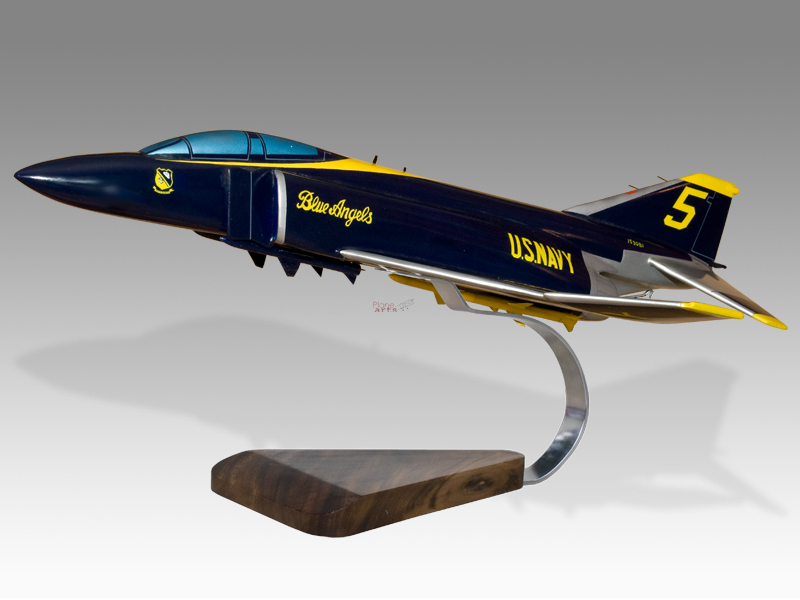
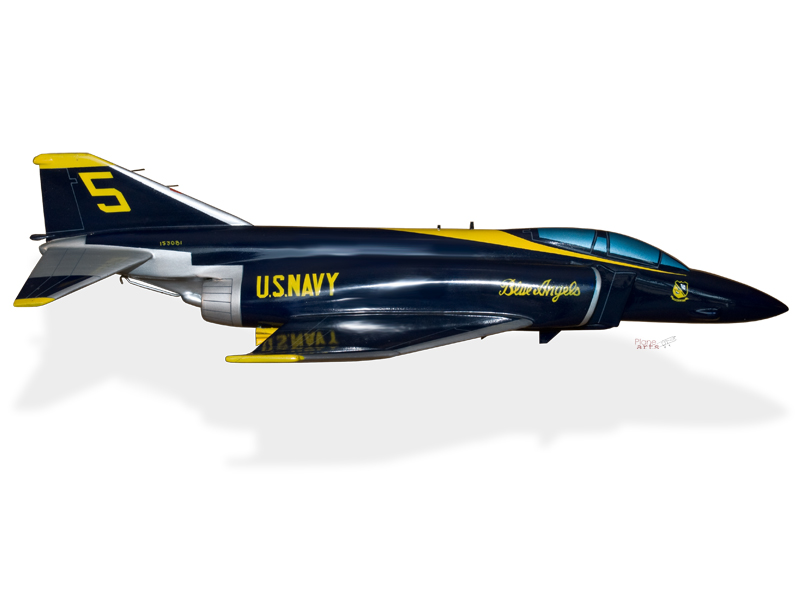
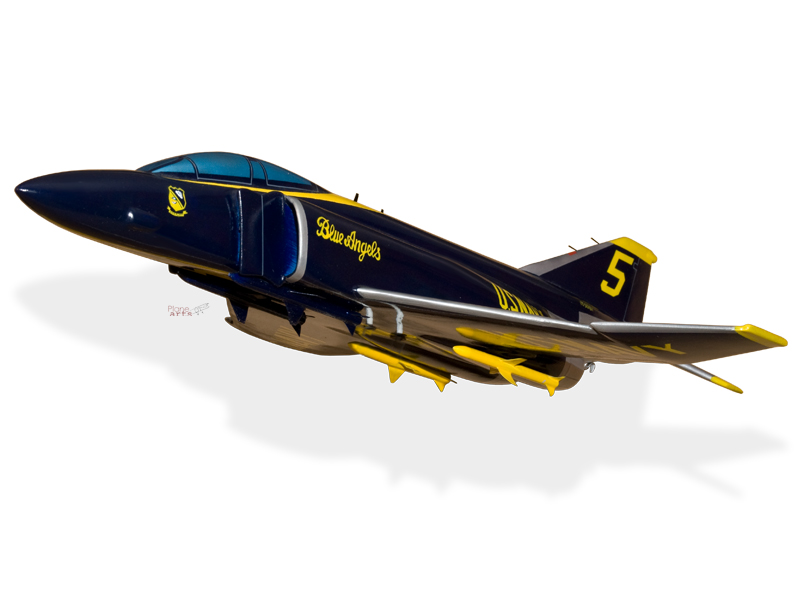
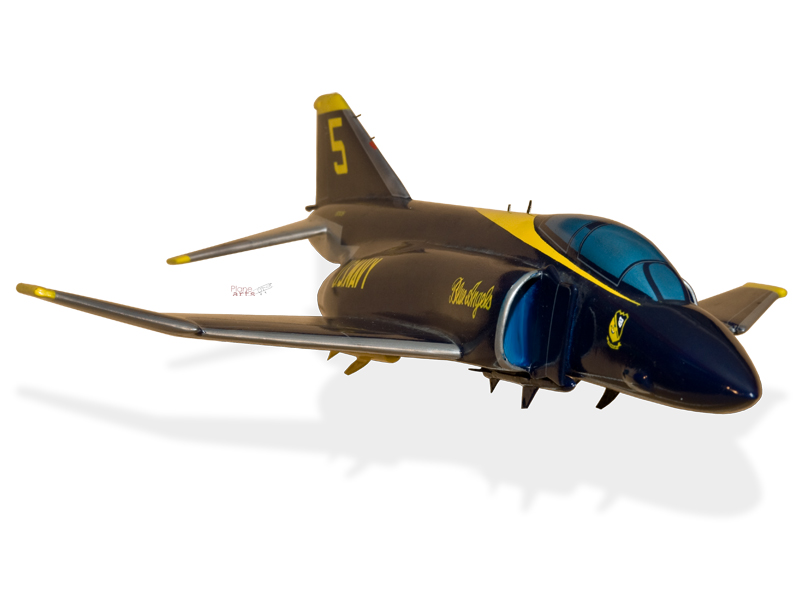
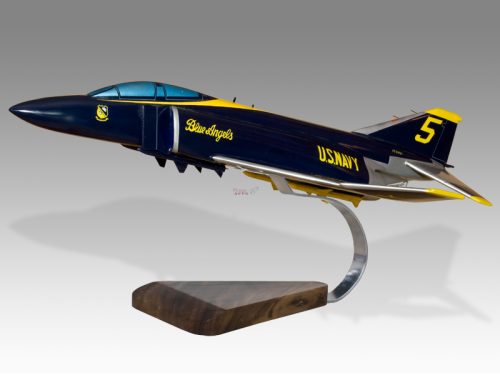
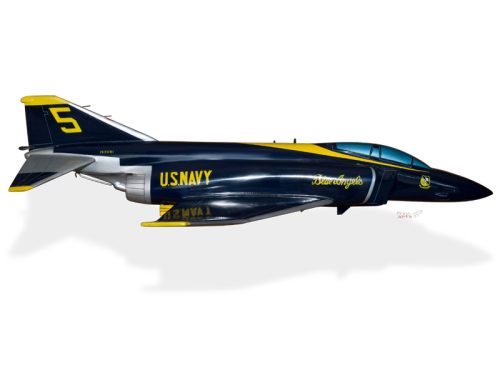
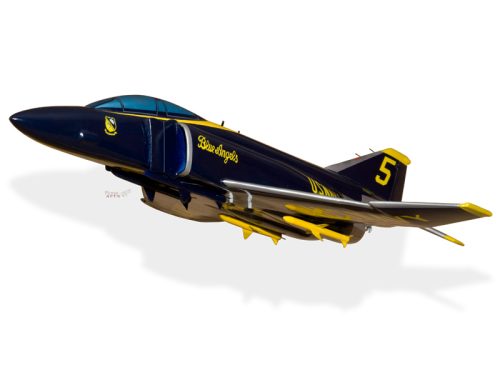
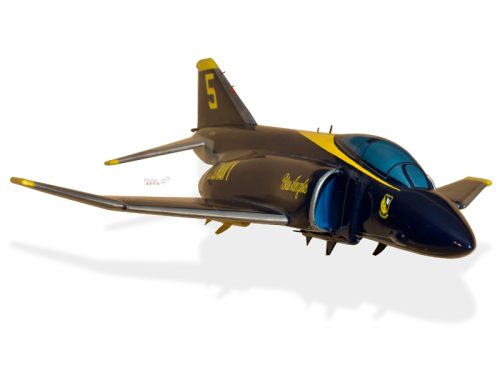
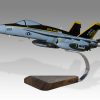
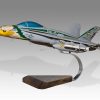

Reviews
There are no reviews yet.